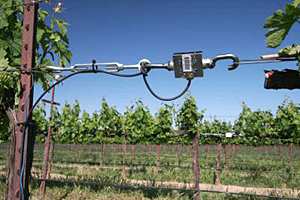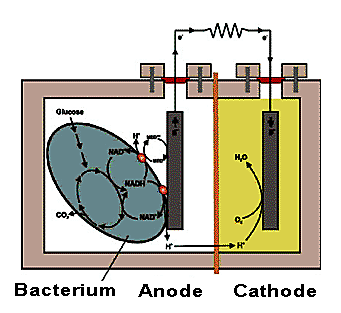Fleizach_2009
FRANK C. FLEIZACH 5 Tulip Lane, Larchmont, NY 10538 914-834-1416 (home) 914-826-0945 (cell) [email protected] Creative Director/Writer Profile Deep and diverse career creating strategic thinking and hard-hitting advertising executions that have helped build some the best- known and successful brands in the world. Very familiar with the challenges faced by small,


 November 2009
November 2009 
 limited success due to the presence of phenolics, which are important PCR-inhibiting compounds. The presence
limited success due to the presence of phenolics, which are important PCR-inhibiting compounds. The presence